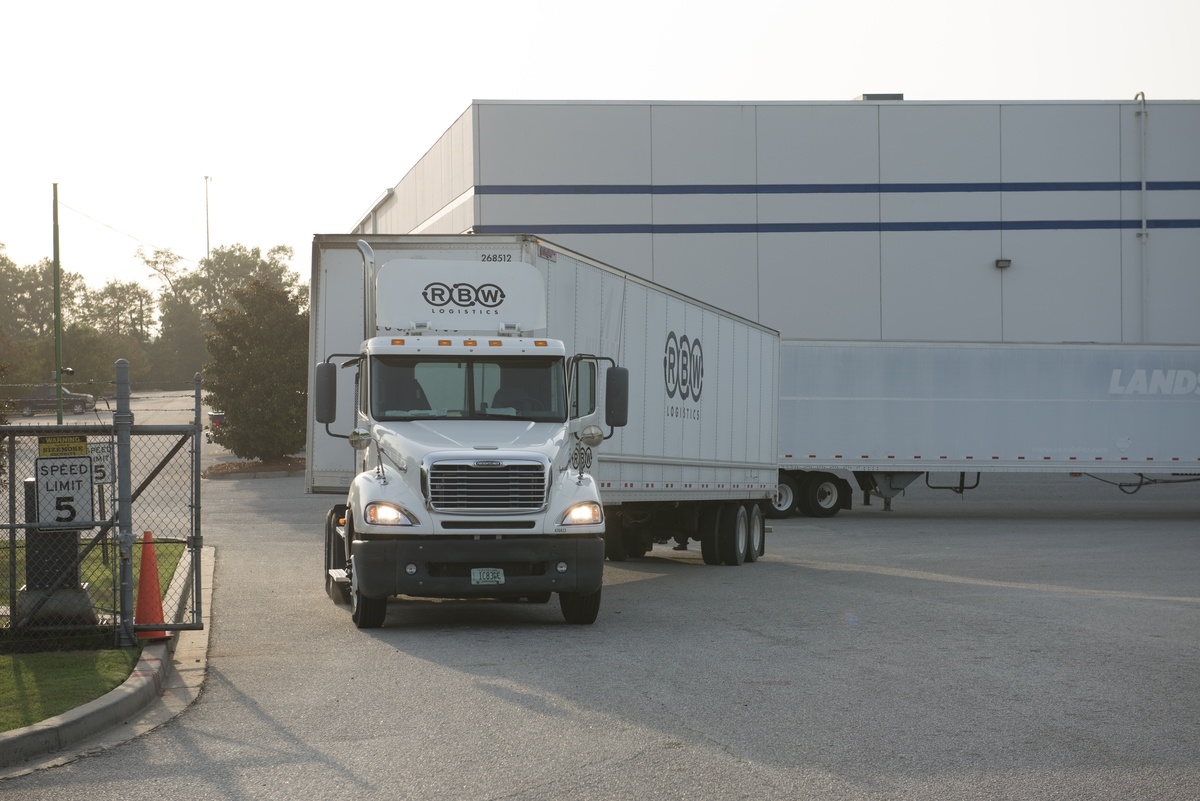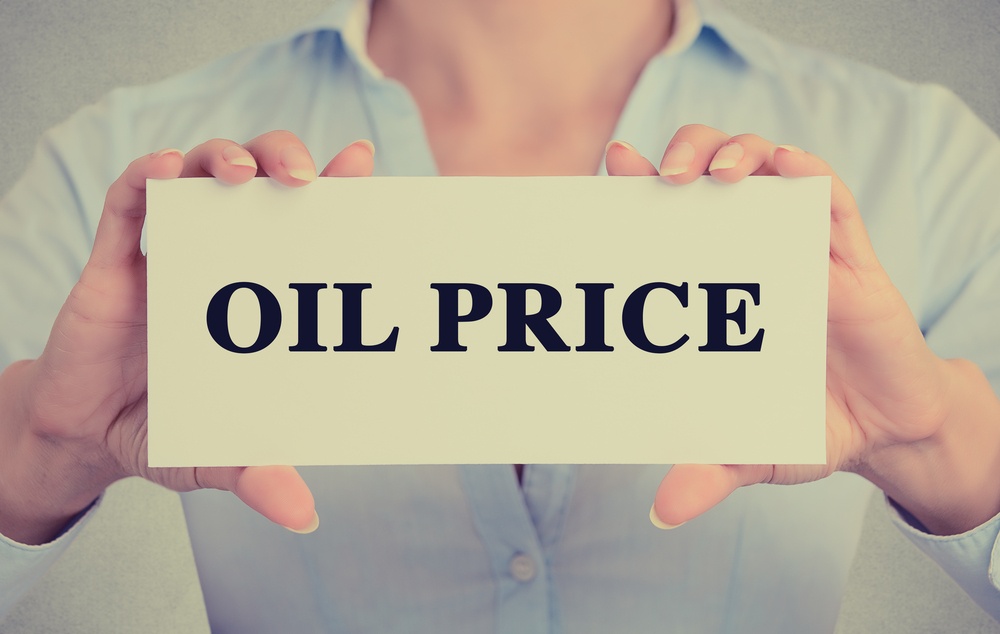Fleet Fueling Management Tips
The American Trucking Association (ATA) states that over 70 percent of U.S. freight is moved by trucks. 38 billion gallons of diesel fuel are...

Shipping, warehouse, transportation and supply chain managers may be required to oversee motor fleet safety, efficiency, budgeting and maintenance. Those who fail may face serious legal, financial, logistical, operational and occupational health consequences. However, following these tips will help you better manage your transportation fleet.
Mixed Fleet Management
Very few organizations have fleets made up of identical vehicle models and brands. Managing contrasting types of transportation assets may be complicated and time-consuming, so it’s best to perform quarterly fleet assessments that capture as much information as possible. For example, it’s important to continually update the mileage, repair history and aftermarket component installations. Creating complete asset profiles will help you set preventative maintenance schedules and make better product lifecycle decisions, such as when to retire an asset and purchase a replacement.
Personalized Maintenance Schedules
All assets will come with different needs and limitations. As assets age and equipment experiences more heavy usage, the need for frequent preventative maintenance increases. Asset profiles should be used to track and initiative customized maintenance schedules and individualized maintenance inspections. Technology is wonderful, but having drivers fill out mandatory paper inspection checklists are the best ways to preeminently spot and resolve problems. They are also useful for identifying costly, wasteful and detrimental trends.
Communicate with the OEMs
The asset’s manufacturer is an excellent resource for advice and information. They will be more than happy to provide specific repair and maintenance information because it provides opportunities for them to promote future products. Keeping open communication lines with suppliers and manufacturers will help you when it comes time for capital projects and purchases because you will already have a mutually strong relationship. If the manufacturer isn’t helpful or available, consider using telematics devices to collect asset information like fuel used, miles driven and engine hours.
It is also helpful to conduct risk assessments and internal audits every year to benchmark overall performance, improve safety training, highlight chronic issues and streamline interdepartmental procedures. Our blog offers additional logistics and transportation management solutions.

The American Trucking Association (ATA) states that over 70 percent of U.S. freight is moved by trucks. 38 billion gallons of diesel fuel are...

The World Shipping Council states that the global shipping industry transports approximately four trillion dollars’ worth of goods every year. Every...
.jpg)
Here are simple tips that will allow you to manage a transportation fleet effective: Institute a Fleet Management Policy, Keep Safety First, Check...